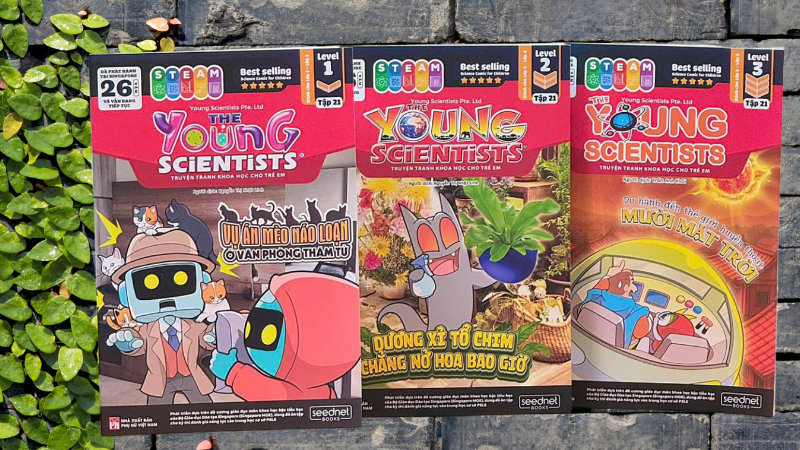
In an era of rapidly developing technology, from artificial intelligence (AI) to renewable energy and biotechnology, the world is witnessing a strong transformation of the global economy . These changes have caused the demand for human resources in the STEM field (science, technology, engineering, mathematics) to increase at an unprecedented rate.
Along with the wide-open career opportunities, the path to pursue STEM-related fields is also considered a challenging journey, requiring children to have passion and perseverance from a very early age. The publication Young Scientists is currently the tool chosen by many parents in this journey with their children.
In Singapore - a country with a pioneering education system in the region, STEM orientation has been included in the curriculum from primary school. The government of this country considers the formation of logical thinking, analysis and problem-solving skills from an early age as an important stepping stone to help students be ready to adapt to changes in the digital economy.
These figures and policies show that STEM is not only an educational trend, but also a career path of the future - where those who dare to pursue scientific and technical knowledge will hold a key role in shaping the new world.
However, the reality shows that STEM is not an easy field. Young children are often hesitant about dry concepts, difficult formulas or complex models. Therefore, inspiring and stimulating curiosity about technology, science, engineering and mathematics from an early age is a decisive factor for children to be able to naturally embark on this path.
The Young Scientists publication has long been a familiar friend in Singapore and many other countries, helping millions of children approach STEM in a gentle, close yet accurate way.
Developed by the company of the same name, the Young Scientists publication has been associated with children for more than 26 years and is included in the supplementary reading list of hundreds of primary schools in Singapore. Not only is it loved domestically, the magazine has also sold copyrights to many countries such as China, India, Hong Kong (China) and Malaysia... demonstrating its effectiveness, influence and influence in educating young children about STEM passion.
What sets Young Scientists apart is its meticulous creative process and systematic approach to science education. Each issue is compiled based on the latest Primary Science curriculum of the Singapore Ministry of Education (MOE), with advice from educators and science experts. Seemingly complex topics such as energy, systems, cycles, and interactions are transformed into vivid comic stories and infographics that are easy to understand and full of exploration.
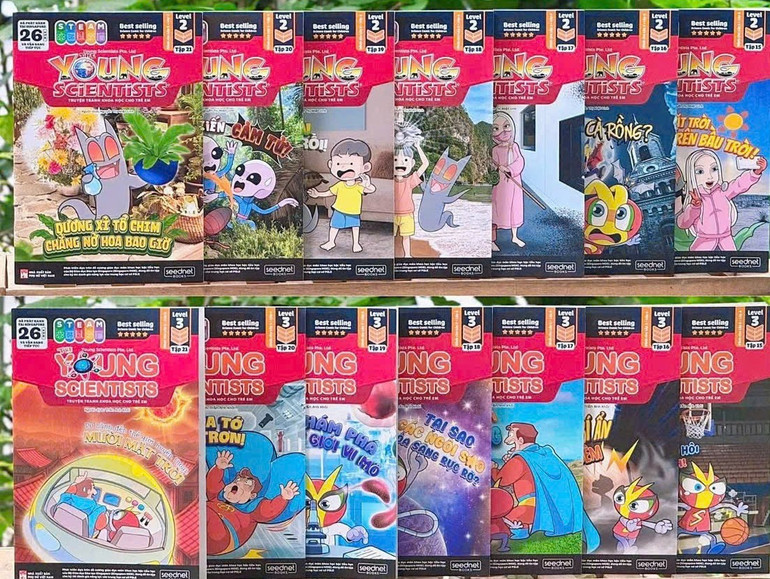
Young Scientists’ team of artists also plays an important role in “breathing life” into knowledge. The colorful, emotional illustrations help children see science present in everyday life, from the photosynthesising leaf, the glowing light bulb to the flight of a little bee…
In addition, Young Scientists also comes with scientific exercise sheets, helping parents and teachers easily monitor children's understanding, and at the same time consolidate knowledge after each reading. The magazine is published monthly in three levels - suitable for each age, helping children gradually improve their scientific thinking naturally and systematically: Level 1 for students aged 6-7, Level 2 for students aged 8-9, and Level 3 for students aged 10-11.
More importantly, Young Scientists doesn’t just educate, it inspires. With its fun storytelling, engaging graphics, and curiosity-based approach, the magazine has helped millions of kids realize that science isn’t just a textbook—it’s part of the world around them.
The STEM path may be “difficult”, but it is full of promise for those who have a passion for discovery. And that journey begins with very small things - like a story about why the sky is blue, how bees find flowers through scent waves, or the story of salt dissolving in water... For Young Scientist, each page of story, each infographic page, each small experiment is a seed - sowing the love of science and nurturing the dream of becoming a future engineer, inventor, or scientist.
When children have passion, learning will become easier and who knows, one day, today's young readers of Young Scientist will be the ones to create new technology, exploring horizons that previous generations only dared to dream of.
Source: https://nhandan.vn/young-scientist-khoi-day-cam-hung-va-tinh-yeu-khoa-hoc-voi-cac-em-nho-post915774.html



![[Photo] Nhan Dan Newspaper launches “Fatherland in the Heart: The Concert Film”](https://vphoto.vietnam.vn/thumb/1200x675/vietnam/resource/IMAGE/2025/10/16/1760622132545_thiet-ke-chua-co-ten-36-png.webp)
![[Photo] General Secretary To Lam attends the 18th Hanoi Party Congress, term 2025-2030](https://vphoto.vietnam.vn/thumb/1200x675/vietnam/resource/IMAGE/2025/10/16/1760581023342_cover-0367-jpg.webp)










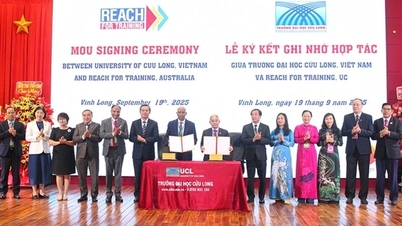






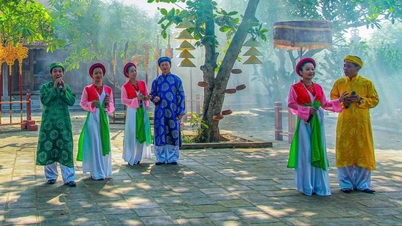
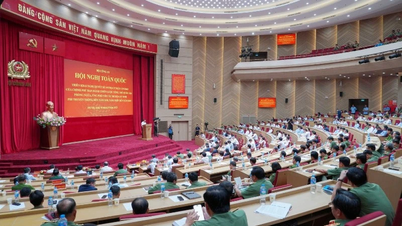



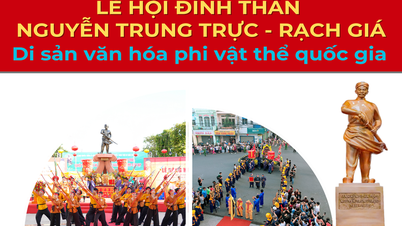

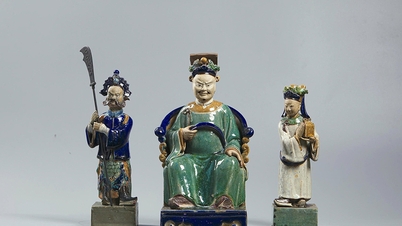


![[Video] TripAdvisor honors many famous attractions of Ninh Binh](https://vphoto.vietnam.vn/thumb/402x226/vietnam/resource/IMAGE/2025/10/16/1760574721908_vinh-danh-ninh-binh-7368-jpg.webp)












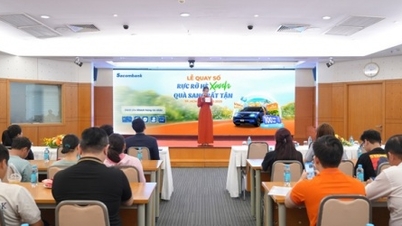







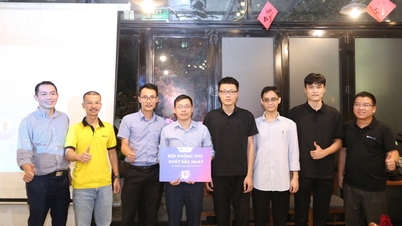








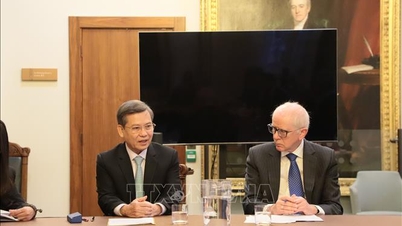
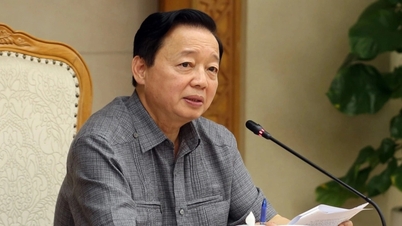




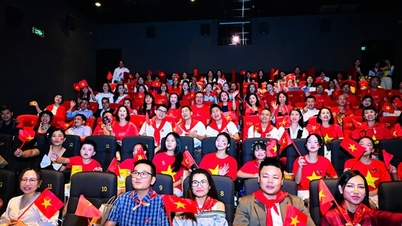

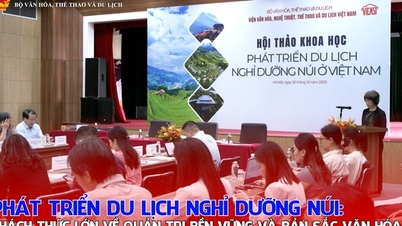

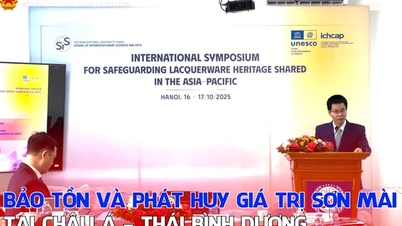

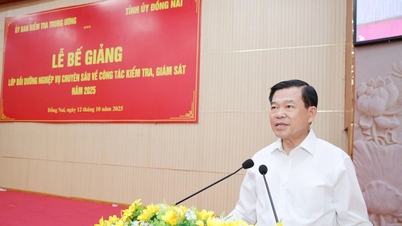

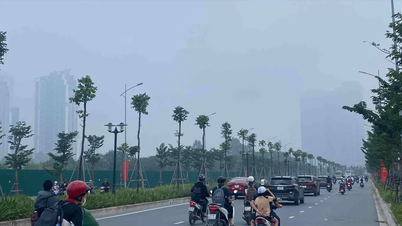


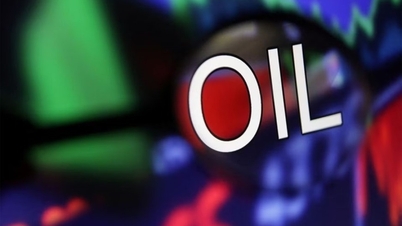





















Comment (0)